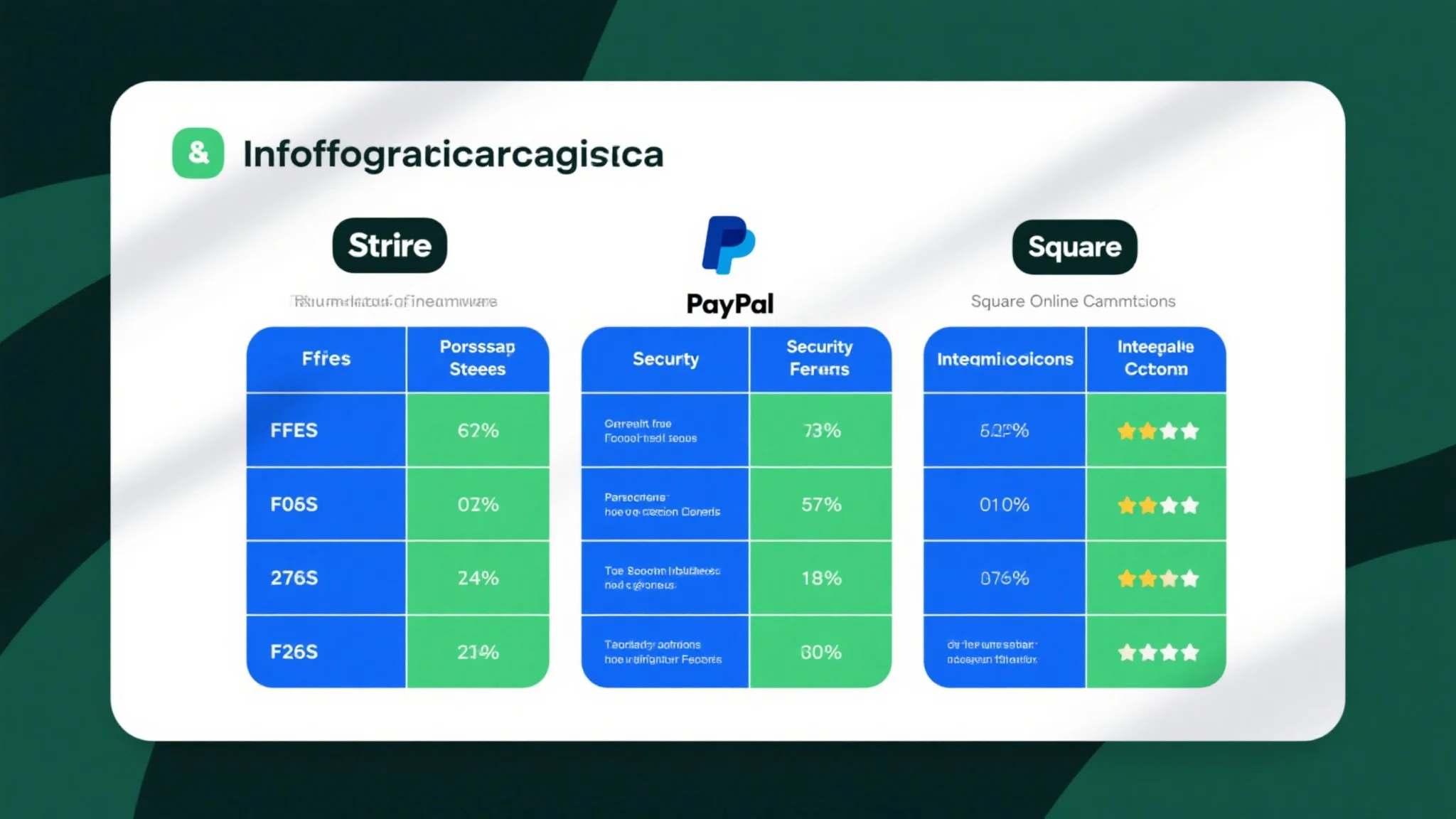In today’s digital age, businesses are under pressure to adapt to evolving customer expectations and operational demands. Integrating online payment solutions with accounting software is no longer a luxury but a necessity for streamlining financial operations, enhancing customer experience, and ensuring compliance with financial regulations. This guide explores the benefits of such integration, the process of implementation, and how it can revolutionize your business.

Online Payment Solutions, Accounting Software, Financial Operations, Streamline Business, Revenue Management, Business Growth, Payment Gateway, Financial Transactions, Compliance, Digital Transformation
The Benefits of Integrating Online Payment Solutions with Accounting Software
In the modern business landscape, efficiency is key. Integrating online payment solutions with accounting software can significantly enhance a business’s ability to manage finances, streamline operations, and boost customer satisfaction. Here’s why businesses should consider this integration:
1. Increased Efficiency in Handling Payments
Online payment solutions, such as payment gateways, facilitate seamless payment processing for both online and offline transactions. When integrated with accounting software, businesses can automate the recording of transactions, reducing the time and effort required to manually reconcile accounts.
For instance, a business that accepts online payments can track each transaction in real-time, ensuring that the accounting software always has up-to-date information. This eliminates the risk of discrepancies and saves valuable time that could otherwise be spent on manual data entry or reconciliation.
,2. Cost Savings
Integration with online payment solutions can reduce operational costs. Instead of paying fees for each transaction, businesses can rely on payment gateways that process transactions at a lower cost. Additionally, the automation provided by the integrated system reduces the need for manual intervention, further cutting operational expenses.
3. Enhanced Customer Experience
Providing online payment options can increase customer satisfaction by making transactions more convenient. A seamless integration between payment systems and accounting software ensures that the business’s financial records are always accurate, which builds trust and loyalty with customers.
For example, a business that offers online bill payments will have an easier time tracking outstanding invoices and sending reminders, all within a single integrated system. This not only improves customer satisfaction but also reduces the risk of late payments, which can strain cash flow.
4. Real-Time Data and Analytics
Integration with accounting software allows businesses to access real-time financial data, which is crucial for making informed decisions. Advanced analytics tools embedded in the accounting software can provide insights into sales trends, customer behavior, and financial performance, enabling businesses to optimize their operations.
With online payment solutions, businesses can also track payment histories, credit limits, and transaction details in real-time, which aids in fraud detection and risk management. This level of visibility into financial operations is essential for maintaining profitability and competitiveness.
5. Compliance with Financial Regulations
In today’s global market, businesses are required to comply with various financial regulations and standards. Integrating online payment solutions with accounting software ensures that the business’s financial operations are compliant with regulations such as Sarbanes-Oxley, GLBA, and PCI DSS.
By automating the processing of transactions and maintaining accurate records, businesses can avoid penalties and maintain trust with their customers and stakeholders. This integration also helps businesses meet the growing demand for secure and reliable payment systems, which is a key requirement for many financial institutions.
**Part **
2: How to Implement Online Payment Solutions with Accounting Software
While the benefits of integrating online payment solutions with accounting software are clear, the implementation process can be complex. However, with the right approach, businesses can successfully integrate these systems and reap the rewards.
1. Choose a Payment Gateway that Integrates with Your Accounting Software
The first step in the implementation process is to select a payment gateway that supports integration with your accounting software. Payment gateways like PayPal, Stripe, and Braintree offer APIs that allow businesses to embed payment functionality directly into their accounting systems.
When selecting a payment gateway, businesses should consider factors such as ease of integration, transaction fees, security, and compatibility with their accounting software. It’s important to choose a gateway that not only processes transactions efficiently but also provides a seamless user experience for customers.
2. Integrate the Payment System with Your Accounting Software
Integrating the payment system with your accounting software is a critical step. This involves setting up API credentials, configuring the payment system to display payment options in the accounting software, and testing the integration thoroughly.
Most payment gateways provide detailed documentation and support to help businesses with the integration process. By following best practices, such as securing API endpoints and ensuring that sensitive data is encrypted, businesses can minimize risks and ensure a smooth integration.
3. Develop Custom Solutions if Necessary
In some cases, businesses may need to develop custom payment solutions that are tailored to their specific needs. For example, a small business that accepts a wide range of payment methods or has unique financial requirements may need a custom payment system.
When developing a custom solution, businesses should work closely with their accounting software provider to ensure compatibility and seamless integration. This may involve customizing the payment system to display specific payment options, automate certain transactions, or integrate with additional features of the accounting software.
4. Select the Right Accounting Software
The choice of accounting software is closely tied to the integration process. Businesses should look for accounting software that supports integration with popular payment gateways and offers the necessary features to manage online payments.
Some accounting software providers offer built-in payment features, making the integration process simpler. Others may require additional effort, such as setting up custom integrations or developing custom payment systems.
5. Ensure a Seamless User Experience
Finally, businesses should ensure that the integration between the payment system and the accounting software provides a seamless user experience for customers. This involves designing payment options that are easy to use and ensuring that transaction histories are accessible in the accounting software.
By providing a seamless user experience, businesses can reduce friction in the payment process, which in turn reduces the time and effort required to process transactions. This not only improves customer satisfaction but also reduces the risk of errors and fraud.
Integrating online payment solutions with accounting software is a powerful way to streamline financial operations, reduce costs, and enhance customer satisfaction. By understanding the benefits and taking a thoughtful approach to implementation, businesses can successfully integrate these systems and achieve their financial goals.
In today’s digital economy, businesses that embrace digital transformation and integrate online payment solutions with their accounting



